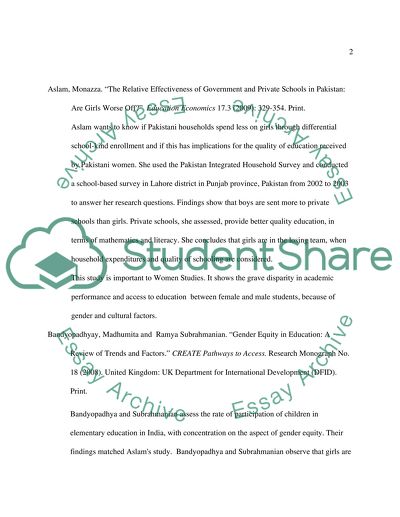Cite this document
(“Public Education versus Private Education: An Annotated Bibliography Research Paper”, n.d.)
Retrieved de https://studentshare.org/education/1390377-which-is-better-private-school-education-or-public
Retrieved de https://studentshare.org/education/1390377-which-is-better-private-school-education-or-public
(Public Education Versus Private Education: An Annotated Bibliography Research Paper)
https://studentshare.org/education/1390377-which-is-better-private-school-education-or-public.
https://studentshare.org/education/1390377-which-is-better-private-school-education-or-public.
“Public Education Versus Private Education: An Annotated Bibliography Research Paper”, n.d. https://studentshare.org/education/1390377-which-is-better-private-school-education-or-public.


